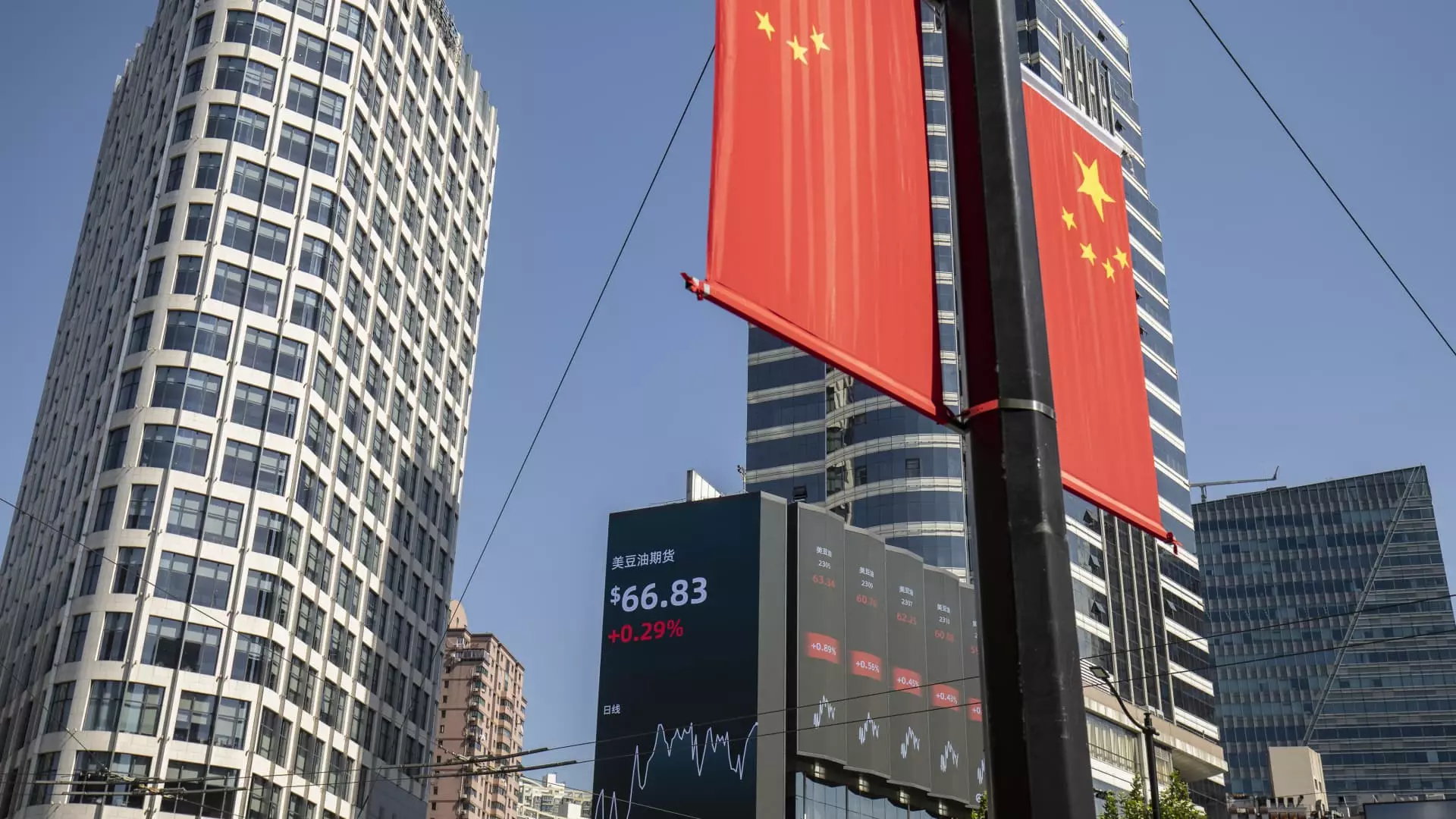In the dynamic realm of exchange-traded funds (ETFs) focused on China, two distinct approaches emerge, each vying for profitability within the fluctuating financial landscape of the world’s second-largest economy. The Rayliant Quantamental China Equity ETF and the newly launched Roundhill China Dragons ETF illustrate how differing strategies can target regional opportunities and broader market giants, respectively. As these funds navigate China’s complex market, they each present distinct avenues for investors looking to tap into potential growth.
The Roundhill China Dragons ETF opts for a concentrated investment model, selecting a mere nine companies that epitomize what CEO Dave Mazza describes as “similar characteristics to magnitude in the U.S.” This strategic focus aims to identify firms with considerable market influence, akin to the tech giants dominating American exchanges. However, the fund’s recent performance—showing a nearly 5% decline since its launch on October 3—raises questions about the effectiveness of concentrating investment in a few high-profile stocks, especially against the backdrop of China’s volatile market conditions.
Investors must consider whether such a limited focus might expose them to higher risks inherent in individual stock volatility. A concentrated portfolio can amplify the potential for significant gains but can equally lead to pronounced losses if any of those selected firms falter. The current downturn suggests that the launched ETF may need to bolster its strategies or adjust its selection criteria to more resilient stocks in the future.
On the contrary, the Rayliant Quantamental China Equity ETF adopts a more diversified and nuanced approach to investment. Its strategy emphasizes acquiring local shares that are typically less accessible to foreign investors. Spearheaded by Jason Hsu, the ETF aims to mine opportunities that resonate deeply within China’s local economy. By focusing on businesses that operate outside the international spotlight, Rayliant seeks to capture the potential of high-growth sectors that might be overlooked by Western investors.
Hsu highlights the potential of industries like food and beverage or local service providers—sectors he argues may offer superior growth compared to conventional technology stocks. The ETF’s robust performance, registering over a 24% increase this year, reflects a strategic advantage rooted in understanding the complexities and nuances of the Chinese market.
As investors evaluate these two contrasting ETFs, several factors necessitate consideration: risk tolerance, investment horizon, and market trends. The Roundhill China Dragons ETF, with its concentrated betting on a select few companies, may appeal to those with a higher appetite for risk and a belief in the resilience of market leaders. Conversely, the Rayliant approach, steeped in local knowledge and diversification, might be better suited for those who prioritize stability and an understanding of domestic trends.
Ultimately, the choice between these two ETFs illustrates the broader discourse on investment strategies in emerging markets. Will the focus on established giants yield sustained success, or will local players with solid fundamentals prove to be the more lucrative path forward? As the Chinese market evolves, the outcomes associated with each strategy will shed light on the best practices for navigating this complex and promising landscape.

